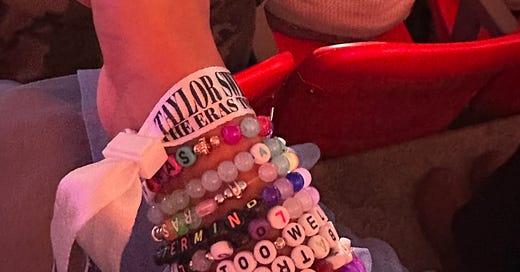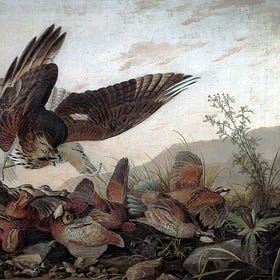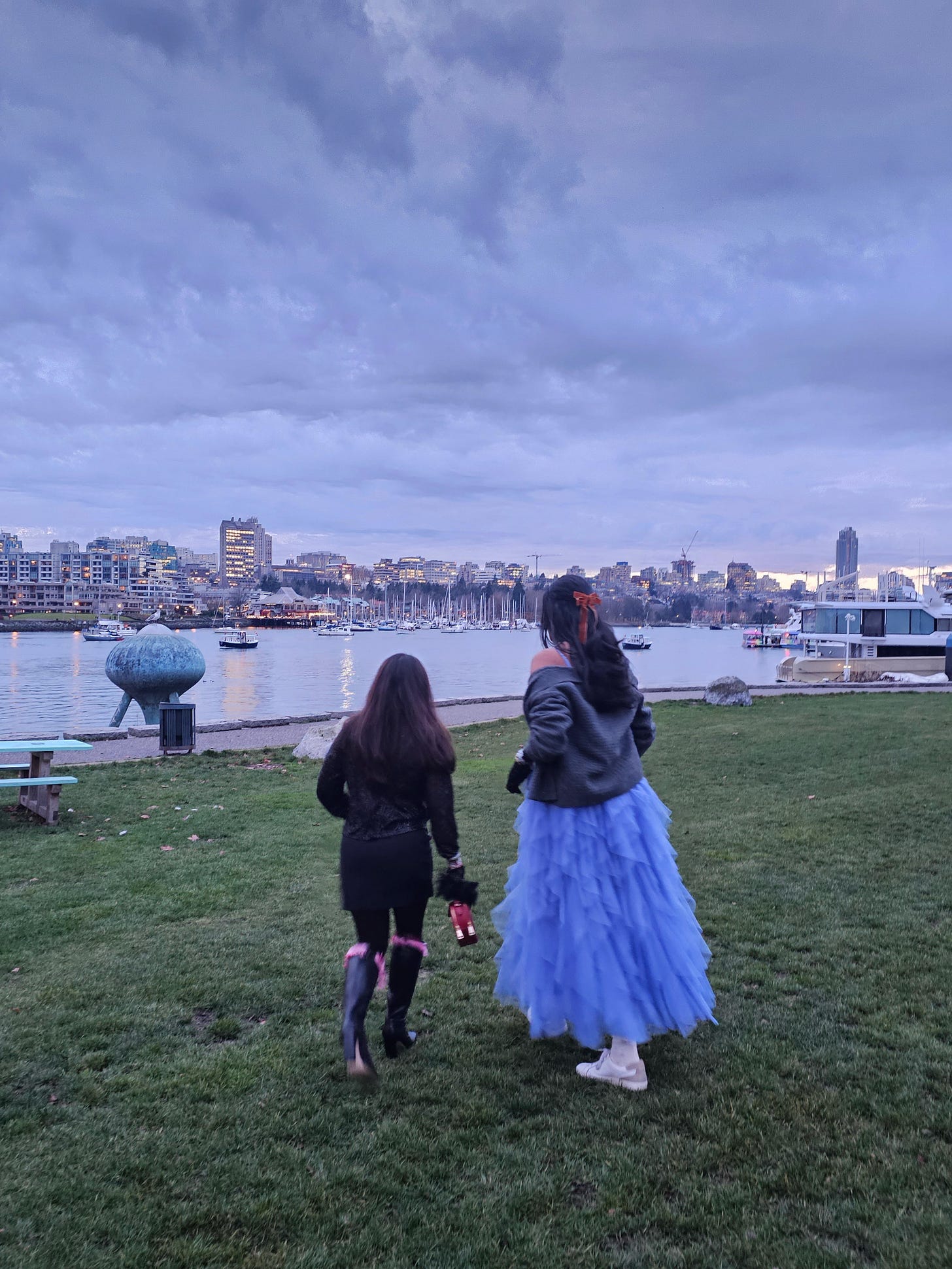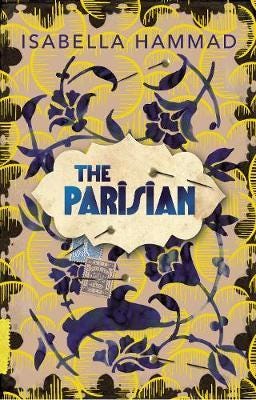Every Literary Reference in Taylor Swift's Songs
Some bookish analysis to round out the last weekend of the Eras Tour
Dear reader,
This past weekend, Neha and I were the lucky ones — we got to see Taylor Swift herself live in concert at the Eras tour. Long story short, we had the best day and we were completely enchanted. So in honor of the Eras Tour happening for the last time, I’ve got to speak now — this is me trying to list out every major literary reference1 in Taylor Swift’s discography.
mad woman [Folklore]
Many think this song is a reference to Jane Eyre, but until recently I saw it more as a general homage to the idea of the mad woman — from “hysteria,” to Gothic literature, to the patriarchy in general.
Then I saw this interview with Paul McCartney in Rolling Stone, in which Swift shares that when writing Folklore, she was reading “books like Rebecca, by Daphne du Maurier, which I highly recommend, and books that dealt with times past, a world that doesn’t exist anymore.”2
With that in mind, take another look at the mad woman lyrics (mild spoilers for Rebecca ahead): the entire song could be from the perspective of the ghost of Rebecca (the first Mrs. De Winter) talking to Max and referencing the second Mrs. De Winter — “And women like hunting witches, too/Doing your dirtiest work for you/It’s obvious that wanting me dead/Has really brought you two together.”
Another example: “No one likes a mad woman/You made her like that/And you’ll poke that bear ‘till her claws come out/And you find something to wrap your noose around”
(Note: also try reading tolerate it from the perspective of the second Mrs. De Winter)
Further reading: The Madwoman in the Attic by Sandra Gilbert & Susan Gubar
the lakes [Folklore]
In this song, Swift is not speaking from the perspective of a writer; she writes about The Lake Poets: William Wordsworth, Samuel Taylor Coleridge (who gets another reference in TTPD), and Robert Southley. She mentions “Windermere peaks” — Windermere is in the Lake District in England.
“Take me to the Lakes where all the poets went to die” she says, before poking fun at the poets and herself in the line “Tell me what are my words worth”
happiness [Evermore]
There are a few obvious allusions to The Great Gatsby in this song: “I hope she’ll be a beautiful fool” and “the green light of forgiveness.” But as pointed out in this Sparknotes post, there’s also the line “Honey, when I’m above the trees/I see this for what it is” which could be referencing a passage in Chapter 6 in which Gatsby describes a “secret place above the trees” that would be a hypothetical paradise he could reach if he married Daisy.
Here’s my reading: the verses and lines in happiness alternate between Gatsby and Daisy’s points of view, so that Gatsby says “Honey, when I’m above the trees/I see this for what it is/But now I’m right down in it/All the years I’ve given” and “Haunted by the look in my eyes/That would’ve loved you for a lifetime/Leave it all behind/And there is happiness” (could these last two lines reference Gatsby’s death? That would put a particularly dark spin on the whole song).
Meanwhile, Daisy sings: “Tell me, when did your winning smile/Begin to look like a smirk?” (she’s turned off by his smug behavior and bragging vibes) and “Across our great divide/There is a glorious sunrise/Dappled with the flickers of light/From the dress I wore at midnight”
The Albatross [The Tortured Poets Department]
This is a song that has many layers and multiple reference points. In Samuel Taylor3 Coleridge’s most famous poem, “The Rime of the Ancient Mariner,” an anonymous Mariner (sailor) wrongly kills an albatross. The albatross has been hailed by the other sailors “as if it had been a Christian soul” and so the Mariner is forced to wear the dead albatross around his neck. The poem tracks his spiritual journey to repent and absolve his sins — when he finally recognizes the sanctity of all living creatures at the end of Part 4, his prayer causes the albatross to fall from his neck, unburdening him of the bird’s weight.
In Swift’s song, she, and women in general, become the albatross, who leads the ship out of a deadly storm into safety only to be killed; she emphasizes that is the mariner’s destruction of the albatross that brings on a curse. Through her song, she warns her partner that being with her is dangerous: society will threaten and defame her, and they’ll blame her for bad things that happen.
Baudelaire, too, wrote a poem titled “L’Albatros” in which he mocks the albatross for its giant wings that keep it from walking, for its limp and its ugly appearance — all a metaphor meant to represent the way society treats poets.
And, finally Fleetwood Mac had an early instrumental song called “Albatross” which also references the Coleridge poem, supposedly so named because it echoes the peaceful and serene image of the albatross before it is shot.
Further reading:
The Birds and the Books
Tracking symbolism through Jane Eyre, The Illness Lesson, Taylor Swift, and more
Cassandra [The Tortured Poets Department]
The title of this song is, of course, a reference to the Trojan priestess Cassandra, who received the gift of prophecy from Apollo but was cursed so that no one would ever believe her predictions.
Many believe the song describes the Kim/Kanye feud, backed by the lines “The family, the pure greed, the Christian chorus line/They all said nothing/Blood’s thick but nothing like a payroll” and “So, they filled my cell with snakes, I regret to say/Do you believe me now?”
Peter [The Tortured Poets Department]
“Forgive me Peter, my lost fearless leader” Swift writes, from the perspective of Peter Pan’s Wendy, lamenting her lost love and the fact that she must move on since he never came back for her.
“You said you were gonna grow up, then you were gonna come find me”
“And the shelf life of those fantasies has expired/Lost to the Lost Boys chapter of your life.”
Some Brief Allusions:
Love Story: Romeo & Juliet
Wonderland: Alice’s Adventures in Wonderland
This is Why We Can’t Have Nice Things: “Feelin’ so Gatsby for that whole year” referencing The Great Gatsby
Invisible String: “And isn’t it just so pretty to think/All along there was some/Invisible string/Tying you to me?” — referencing both The Sun Also Rises (“Oh, Jake” Brett said, “we could have had such a damned good time together.”… “Yes,” I said. “Isn’t it pretty to think so?”) and Jane Eyre (“it is as if I had a string somewhere under my left ribs, tightly and inextricably knotted to a similar string in the corresponding quarter of your little frame,” Rochester says to Jane).
The Tortured Poets Department: “You're not Dylan Thomas, I'm not Patti Smith/This ain't the Chelsea Hotel, we're modern idiots”
I Hate it Here: The Secret Garden
The Bolter: inspired by a character in Nancy Mitford’s novels who is known for falling for unsuitable men — she was inspired by the real-life Lady Idina Sackville, a socialite who shocked high society when she left her husband and ran away to Africa with a poor man.
Is it over now? Not quite — there are so many other references I couldn’t get to (am I the only one who can’t help but think of Wuthering Heights when I hear Haunted? Is Castles Crumbling written from the perspective of the Beast in Beauty and the Beast?)
What are your favorite literary allusions in Taylor Swift’s songs? Let us know in the comments or by replying to this email!
— Shruti
Coming Up on the Podcast
Our next book — the final book for 2024! — will be The Parisian by Isabella Hammad. We couldn’t finish a season titled Beyond Borders without making sure to include a Palestinian voice.
Tune in next week to hear our full discussion, including historical context and our analysis of the book!
Related Reading
Alright, it’s not all of them — just the ones I found interesting enough to mention or the ones I wanted to analyze.
In this interview she also shares that she has lists of words that she loves, including “elegies” and “epiphany” — I love this. Taylor is a literary gal, just like us!
I’m sure Taylor Swift is aware of and loves this shared name











